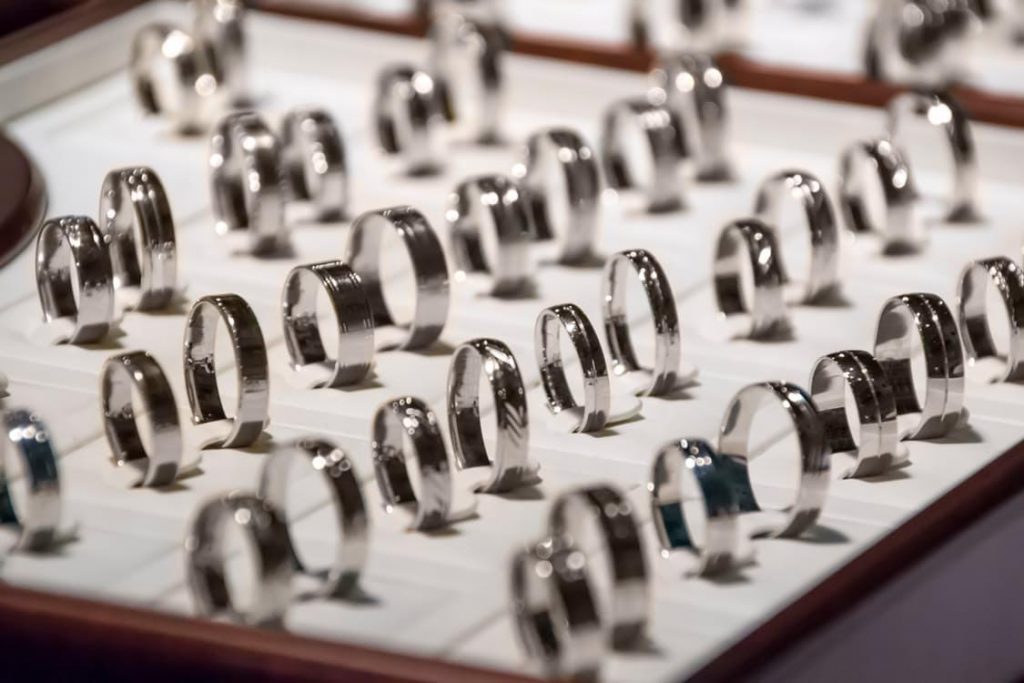Silver is a precious metal and fetches significantly higher prices than other scrap metals such as copper. There are some important things to know if you want to sell silver scrap in San Diego or California in general.
Here are some things to pay attention to in order to make sure you get the best deal possible.


Measurements
Since silver scrap is often found in small quantities, it is measured in small units. The most common units of measuring precious metals are grams, pennyweights and troy ounces. Most jewelry scales are set to measure in grams, while spot prices are traded based on one troy ounce. If you want to make sure that you are getting the best deal possible, you need to be able to convert between these units. This way, regardless of the place you are going to sell, you know roughly how much silver you’ve got and you can avoid getting swindled. The most commonly used unit for trading silver is the troy ounce, even though scales often measure in grams. There are 31.1 grams per troy ounce. To determine how many troy ounces you have, simply divide the total gram weight by 31.1. One thing to be aware of is there is a difference between standard ounces and troy ounces. The standard ounce, also called the avoirdupois ounce, only weighs 28.35 grams compared to the heavier troy ounce at 31.1 grams. This can lead to confusion to anyone using a home scale to weigh their silver, since home scales typically use standard ounces. If you weigh your silver at home, you can multiply the weight by 0.911 to convert the weight into troy ounces.
Purity of silver
The purest form of silver is 999, meaning that it is 99.9% pure silver. However, it is not sturdy enough for everyday use in jewelry or silverware, so the standard in the USA is sterling silver, with a purity of 92.5%. Silver used in coins is usually bit less pure, with around 80% – 90% pure silver, depending on the country of origin. Most silver jewelry, flatware and hollowware is made of sterling silver. You may have noticed a little stamp with lettering or a number on these items. These are most often hallmarks noting the purity, which will say 925 or Sterling Silver, for sterling. Other hallmarks usually show a three-digit number expressing the purity of the silver, such as 800 (80%), 900 (90%), or 950 (95%). If there are no hallmarks present, they only way to determine the purity is for an experienced buyer or assayer to apply a test. The most common is a simple acid test that gives a positive or negative result for silver content. Other tests such as an x-ray will determine purity with a great degree of accuracy, but are expensive and cost-prohibitive for anyone except for large-scale refiners.Price Variability
Silver is a demand commodity traded daily on the world’s stock markets. This causes the base price of the metal to vary slightly from day to day, and larger oscillations in prices are possible over longer periods of time. Case in point, since 2010, the price of silver has been steadily over $16 per troy ounce, except during a period in 2015, when the price dipped under $15. Today, however, the prices of silver go up to $18, making it an ideal time to sell your scrap silver. It is easy to know the current spot price of silver by searching online or looking in a newspaper.
Buyer’s commission
Once you’ve established how much silver you’ve got and the price you are selling at, the final factor is finding out how much you will actually receive when selling. Everyone has to pay bills, and every buyer of scrap silver charges a small fee as the cost of doing business. Depending on the amount you are selling, discount is usually 20% – 30% of the market value. Generally speaking, as the total quantity increases, the buyer’s fee decreases. Certain types of silver are more difficult to refine, and may incur an additional discount. An experienced buyer will know how to minimize costs and pass along premiums to you. So, if you wish to sell silver scrap in San Diego County, visit Leo Hamel’s in our San Diego jewelry store, or contact us online to learn more.Share
Leo Hamel



